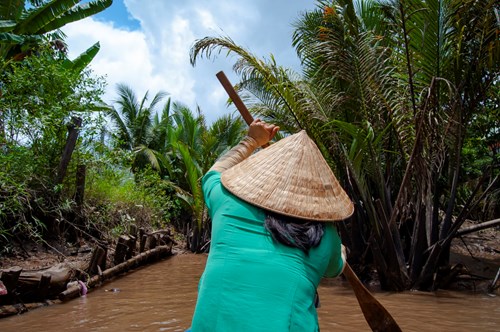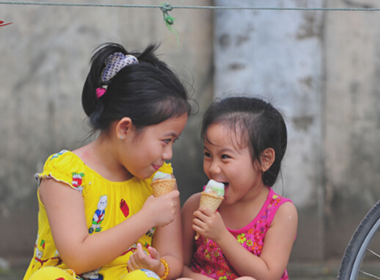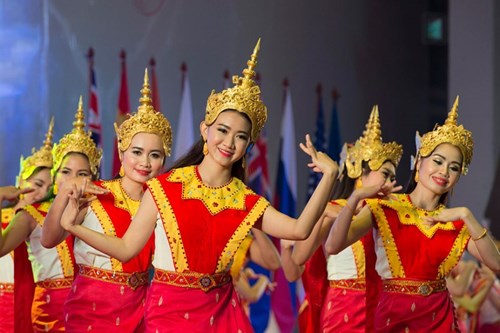When visiting Asia, you may come across in each country a distinctive type of hat worn by farmers, shopkeepers, and many other people. Commonly known as a farmer’s hat, it is an accessory from Asian countries that originally protected workers from the tropical sun and rain, but later became more and more popular among others. In an agricultural country, each nation has its own respective headwear that vary in design and usage. Here are each of the farmer’s hats of our destinations!
Non La
Vietnam
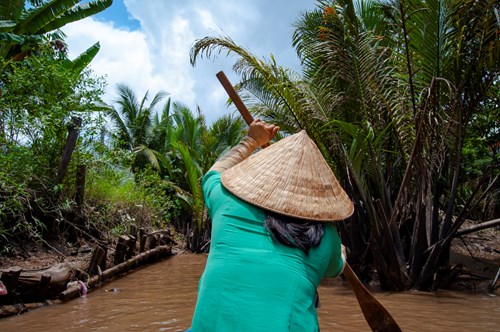
The Vietnamese conical hat, also called Non La, is shaped as a perfect right circular cone. Made out of palm leaves, the bark of the Moc tree, or bamboo, its purpose is to protect the head from the weather. Their design allows rainwater to run off and also shields users from the harsh rays of the sun. People use it as carrying devices, full of fruit or other dry goods as well. You’ll see them worn by farmers working in the rice fields, as well as by people at market stalls or even building sites.
Ngob
Thailand
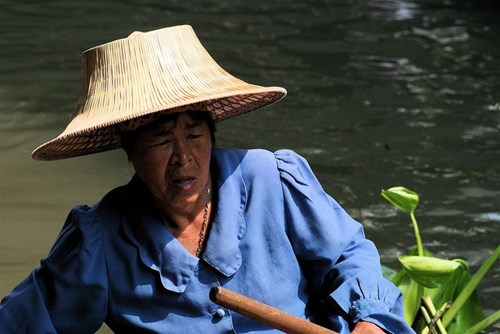
The Thai farmer’s hat or ngob is a traditional hat used in Thailand, built out of ola palm leaves laid over a plated bamboo-strip frame. The high top allows air to circulate between the headgear and the head, a design to keep the head cool. Thai people use this hat to protect the sun and rain while being at home or working outdoors, especially on the farm or garden. The Floating Market in Bangkok is a must-see place where the iconic flat-topped Ngob hat can be found just about everywhere!
Do’un
Cambodia
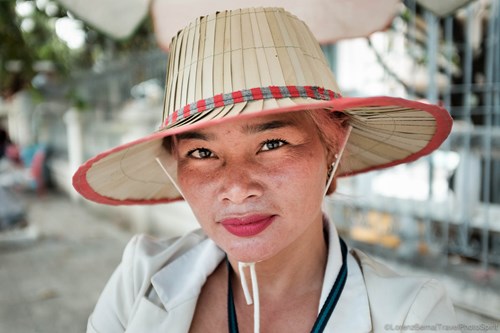
The Cambodia farmer’s hat, called do’un, are dome-shaped headgears with overlapping palm leaves. A do’un, as in neighboring countries, shields one from the harsh sunlight and downpours. Cambodians also give these hats as a token of love and care. Words or symbols are often written inside the hat to personalize it. Traditionally, they give these hats to their loved ones along with blessings.
Muak Feuong
Laos
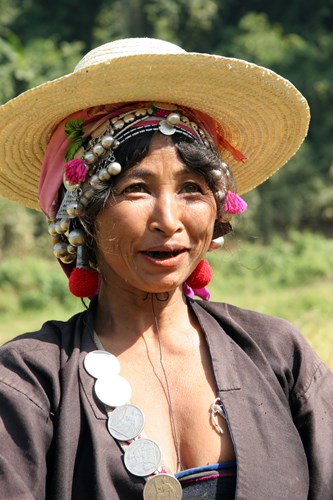
Like its neighboring country Vietnam, Laotian farmer’s hats, or Muak feuong are similar in design and function. They are often made out of bamboo or palm leaves, serving as protection from rain or sunlight. But in most ethnic villages, Akha hats are more popular. Materials for Akha headdresses include hand-forged silver, handwoven cotton, factory-made cloth, plastic beads, bamboo, shells, and pompons.
Koutroe u Htote
Myanmar
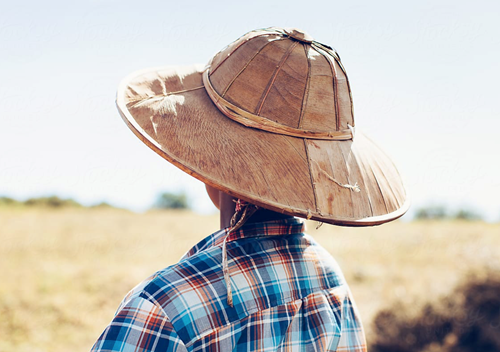
Called koutroe u htote in Myanmar, their hats are distinguished by their wide brim and are made from unique tree fibers. These hats reflect the country’s traditional design, and are still used by people working in agriculture and fishing. They are often made in various villages by craftsmen using locally found materials. Today, these traditional hats are mostly seen in the Inle Lake region at floating markets.
Gat
South Korea
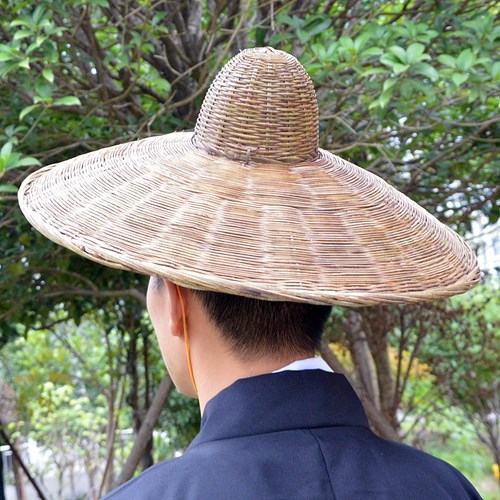
A gat is a type of hat often worn with a hanbok (traditional costume). It is created from horsehair with a partly transparent bamboo frame. Most gats have a cylinder-like shape with a wide brim on a bamboo frame. Before the late 19th century, only men of noble class could wear a gat, which represented their social status. Today, men can be found wearing this type of hat in Cheonghakdong Village, while tourists can wear them when visiting the palaces of Seoul.
Satgat & Paerangi
Korea
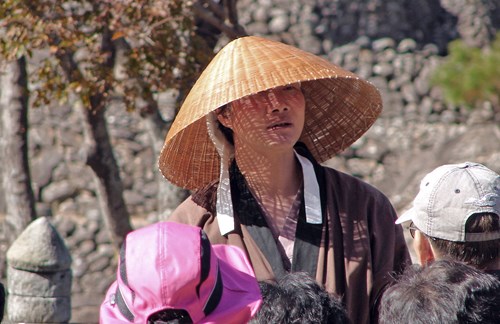
Similar to South Korea, the satgat is also a hat widely worn by the people of Korea. A headgear worn by the men of the Joseon Dynasty, it is typically made out of bamboo strips or reeds, and shaped like an umbrella to protect the wearer from rain or sunlight. Another hat that can usually be seen worn by agricultural workers is the paerangi, which is also made of bamboo or straw.
